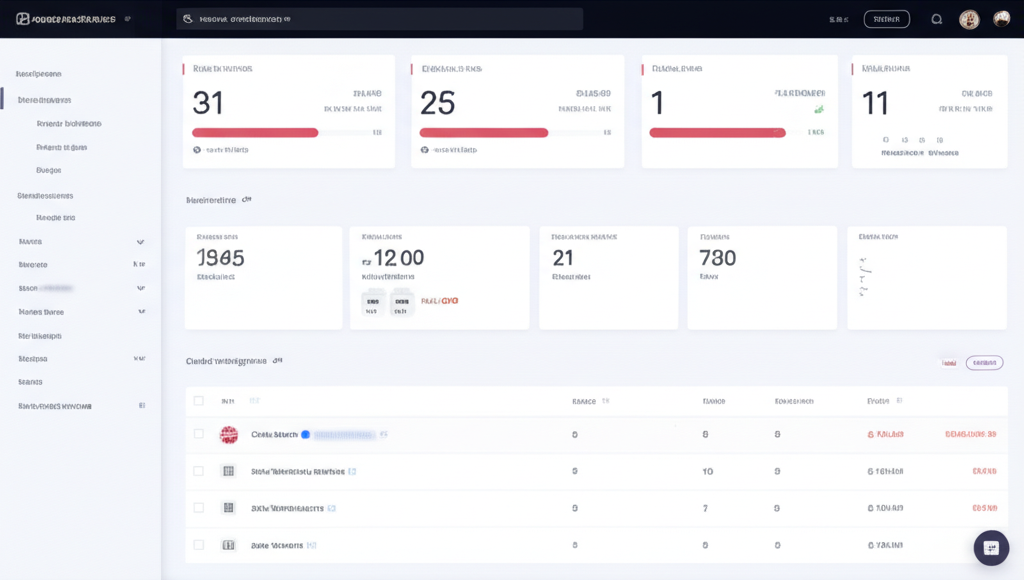E-commerce Growth Hacks: Inventory Management and Order Processing Automation
Scale your online business with automated inventory and order management solutions that reduce errors, save time, and improve customer satisfaction.

The E-commerce Scaling Challenge
Growing an e-commerce business presents unique operational challenges. As order volumes increase, manual inventory tracking becomes impossible, order processing errors multiply, and customer satisfaction can suffer from delays and stockouts.
The solution lies in automation. By implementing smart inventory management and order processing systems, you can scale your business efficiently while maintaining high service levels and profitability.
"Automation isn't just about efficiency—it's about creating a foundation that allows your e-commerce business to scale without proportionally increasing operational complexity."
Smart Inventory Management
Effective inventory management is the backbone of successful e-commerce operations. Automation can transform this complex process into a competitive advantage.
Key Automation Features:
- Real-time Stock Tracking: Monitor inventory levels across all sales channels
- Automatic Reordering: Set reorder points and automate purchase orders
- Demand Forecasting: Use AI to predict future inventory needs
- Multi-channel Sync: Keep inventory consistent across platforms
- Low Stock Alerts: Get notified before stockouts occur
Popular Inventory Management Tools:
- TradeGecko (QuickBooks Commerce): Comprehensive inventory and order management
- Cin7: Multi-channel inventory optimization
- Zoho Inventory: Affordable solution for growing businesses
- inFlow Inventory: User-friendly interface with powerful features
Automated Order Processing
Order processing automation reduces errors, speeds up fulfillment, and improves customer satisfaction. Here's how to implement it effectively:
Order Processing Workflow:
1. Order Capture
Automatically import orders from all sales channels
2. Inventory Check
Verify product availability and reserve stock
3. Payment Processing
Automatically process payments and handle fraud detection
4. Fulfillment
Generate pick lists, shipping labels, and tracking information
Pro Tip: Implement exception handling for edge cases like partial shipments, backorders, and returns to maintain automation efficiency.
Integration Strategies
Successful e-commerce automation requires seamless integration between different systems and platforms.
Essential Integrations:
- E-commerce Platform: Shopify, WooCommerce, Magento integration
- Accounting Software: QuickBooks, Xero, or FreshBooks sync
- Shipping Carriers: FedEx, UPS, DHL API connections
- Payment Gateways: Stripe, PayPal, Square integration
- Marketplace Channels: Amazon, eBay, Etsy synchronization
Measuring Growth Impact
Track these key performance indicators to measure the success of your automation efforts:
- Order Processing Time: Average time from order to shipment
- Inventory Turnover: How quickly you sell and replace inventory
- Stockout Rate: Percentage of time products are out of stock
- Order Accuracy: Percentage of orders fulfilled correctly
- Customer Satisfaction: Reviews and return rates
- Operational Costs: Cost per order processed
Scaling Your E-commerce Business
Automation is no longer optional for growing e-commerce businesses. By implementing smart inventory management and order processing systems, you can handle increased volume without proportionally increasing costs or complexity.
Start with the areas that cause the most pain points in your current operations, implement gradually, and measure the impact. The investment in automation will pay dividends as your business scales.